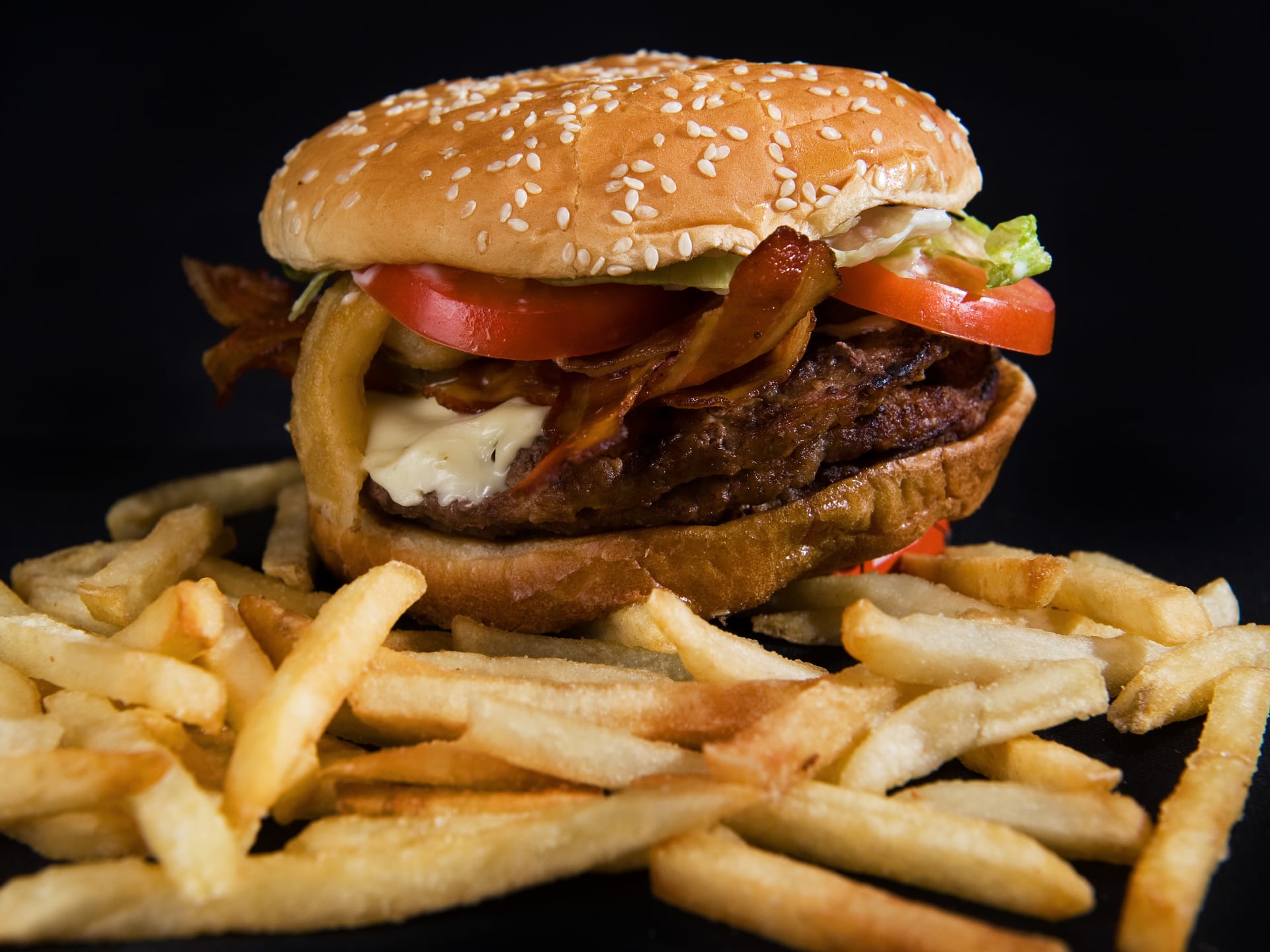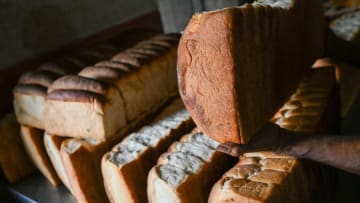دبي، الإمارات العربية المتحدة (CNN) -- توصلت دراسة جديدة قوامها نمذجة بيانات عام 2018، إلى أنّ الإفراط بتناول منتجات القمح والأرز المكرّر، مقابل تناول كمية قليلة جدًا من الحبوب الكاملة، يؤدي إلى تزايد عدد حالات الإصابة بمرض السكري من النوع 2 في العالم.
وأفاد الدكتور داريوش مظفريان المؤلف الرئيسي للدراسة، وأستاذ التغذية في جامعة تافتس، وأستاذ الطب بكلية تافتس للطب في بوسطن الأمريكية، ببيان أنّ "دراستنا تشير إلى أنّ جودة الكربوهيدرات السيئة تعتبر المحرّك الرئيسي للإصابة بمرض السكري من النوع 2، الذي يُعزى سببه إلى النظام الغذائي على مستوى العالم".
ويساهم عامل رئيسي آخر بالإصابة بهذا المرض، بسبب تناول الناس للكثير من اللحوم الحمراء والمعالجة، مثل لحم الخنزير المقدّد، والنقانق، والسلامي، وسواها، وفق ما جاء في الدراسة. وهذه العوامل الثلاثة المتمثلة بتناول القليل من الحبوب الكاملة، والكثير من الحبوب واللحوم المصنعة، شكّلت الدافع الأساسي لتسجيل أكثر من 14 مليون إصابة جديدة بمرض السكري من النوع 2 في عام 2018، بحسب ما كشفت الدراسة المنشورة في مجلة "Nature Medicine"، الإثنين.
وفي الواقع، قدّرت الدراسة أنّ 7 من أصل 10 حالات إصابة بمرض السكري من النوع 2 بالعالم في عام 2018، ارتبطت بخيارات الطعام السيئة.
وأشار مظفريان، الذي يشغل أيضًا منصب رئيس تحرير رسالة الصحة والتغذية في جامعة تافتس، إلى أن "النتائج الجديدة هذه تكشف عن مجالات مهمة للتركيز الوطني والعالمي، لتحسين التغذية والتقليل من الأعباء المدمرة لمرض السكري".
الكثير من الأطعمة المصنعة
وطوّر مظفريان وفريقه نموذجًا بحثيًا عن الاستهلاك الغذائي بين عامي 1990 و2018، وطبّقوه في 184 دولة. ووجدت الدراسة أنه بالمقارنة مع عام 1990، سُجّلت 8.6 مليون إصابة إضافية بمرض السكري من النوع 2 جراء سوء التغذية في عام 2018.
ولفت الباحثون إلى أنّ تناول الكثير من الأطعمة غير الصحية كان دافعًا للإصابة بمرض السكري من النوع 2 على المستوى العالمي مقارنة بتناول الأطعمة الصحية، خصوصًا لدى الرجال مقارنة بالنساء، والأصغر سنًا مقارنة بكبار السن، وسكان المدن مقابل سكان الريف.
ونُسبت حالات الإصابة بالمرض بمعدل فاق الـ60% إلى النظام الغذائي العالمي القائم على ممارسة ست عادات غذائية ضارة بكثرة تتمثّل بتناول الكثير من الأرز، والقمح، والبطاطا، والكثير من اللحوم الحمراء المصنّعة، وتلك غير المصنّعة، وشرب الكثير من المشروبات المحلاة بالسكر، وعصير الفاكهة.
وتسبب عدم تناول الفاكهة، والخضار غير النشوية، والمكسّرات، والبذور، والحبوب الكاملة، والزبادي، إلى زيادة الحالات الجديدة بنسبة تقرب من 39٪.
وسُجّل لدى الناس الذين يعيشون في بولندا وروسيا، حيث تميل الأنظمة الغذائية إلى التركيز على البطاطا واللحوم الحمراء وتلك المعالجة، ودول أخرى في شرق ووسط أوروبا، وكذلك في آسيا الوسطى، أعلى نسبة من حالات السكري من النوع 2 الجديدة المرتبطة بالنظام الغذائي.
أما في كولومبيا والمكسيك ودول أخرى بأمريكا اللاتينية ومنطقة البحر الكاريبي، فسُجلت أيضًا أعدادًا كبيرة من الحالات الجديدة، التي استنتج الباحثون أنها قد تكون بسبب الاعتماد على المشروبات السكّرية واللحوم المصنعة، فضلاً عن قلة تناول الحبوب الكاملة.
ولفت مؤلفو الدراسة إلى أنّ "نهج النمذجة لدينا لا يثبت السببية، ويجب اعتبار النتائج التي توصلنا إليها بمثابة تقديرات للمخاطر".


